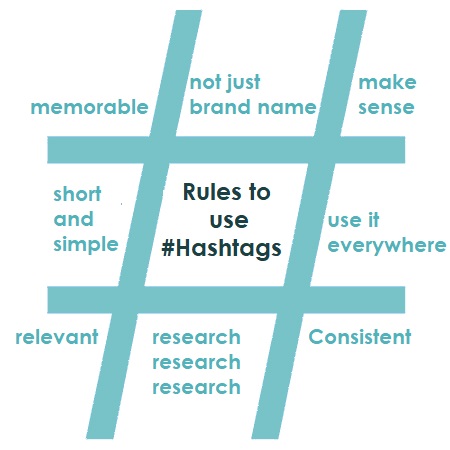#Hashtag: An efficient tool to organize unstructured information
In today’s world, we communicate using different devices and applications. What if we need to group all those conversations going on, around a context in unified space ? Hashtags play a crucial role and help us categorize thoughts by nature, objective and relative content.
 Many websites allow us to use hashtags for various purposes . The primary function of the hashtag was to group conversations on the same topic, but it has quickly evolved from its main function and now serves multiple objectives , such as
Many websites allow us to use hashtags for various purposes . The primary function of the hashtag was to group conversations on the same topic, but it has quickly evolved from its main function and now serves multiple objectives , such as
- Sentiment analysis
- Direct conversionwith an institution or a brand
- Demonstrate agreement on certain issues.
Descriptions, posts, and comments optimized with hashtags become more noticeable on social media platforms and search engines. A simple click or search for a hashtag will help you instantly identify an audience with a common interest. So the limitless potential of hashtags can be leveraged across platforms.
Hashtag potential
Hashtags have got the potential to become a powerful tool to;

- Organize content spread across various applications.
- Managing and sharing knowledge resources.
- Managing processes including history and responses.
- Improving collaboration and bridging the gap to identify linked data.
Role of HashTags in the upcoming semantic web or web 3.0
Hashtags are now an established part of the online experience and have proven their worth during many news worthy incidents. Now it is ready to create its footprint as linked data identifiers.
 Machines can find answers to various questions including what, when, who, where and in some cases why, just by trend analysis of hashtags. Hashtags can help us find answers, interests, feedback from populations by consolidating responses from specific or multiple platforms.
Machines can find answers to various questions including what, when, who, where and in some cases why, just by trend analysis of hashtags. Hashtags can help us find answers, interests, feedback from populations by consolidating responses from specific or multiple platforms.
The intention behind the creation of hashtags was to create identifiers for discussions that revolve around the same topic. Appropriate use of hashtag helps us to search blog posts that belong to the same topic even if it doesn’t contain that search keyword, hence solves the problem of aggregation of discussions who may be dissimilar in some ways and similar in others.
This speaks to a colossal jump towards a semantic web environment where machines will be able to analyze meaning easily with #hashtags.



